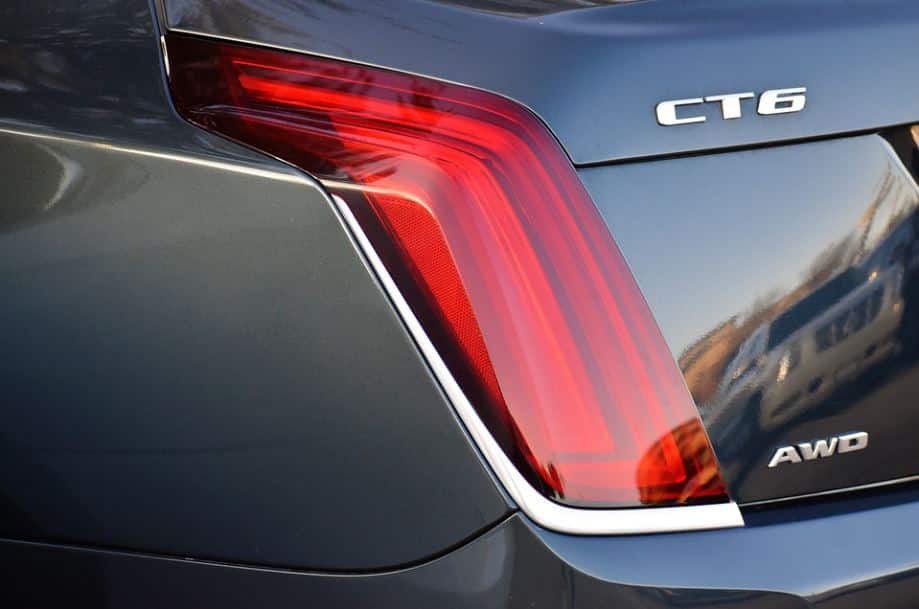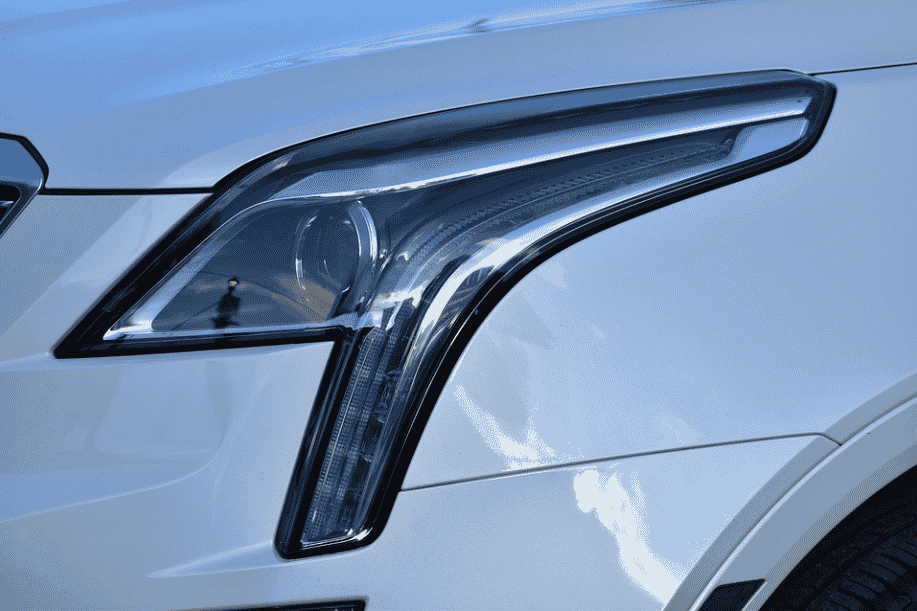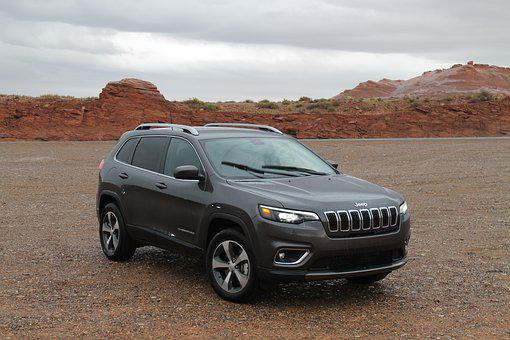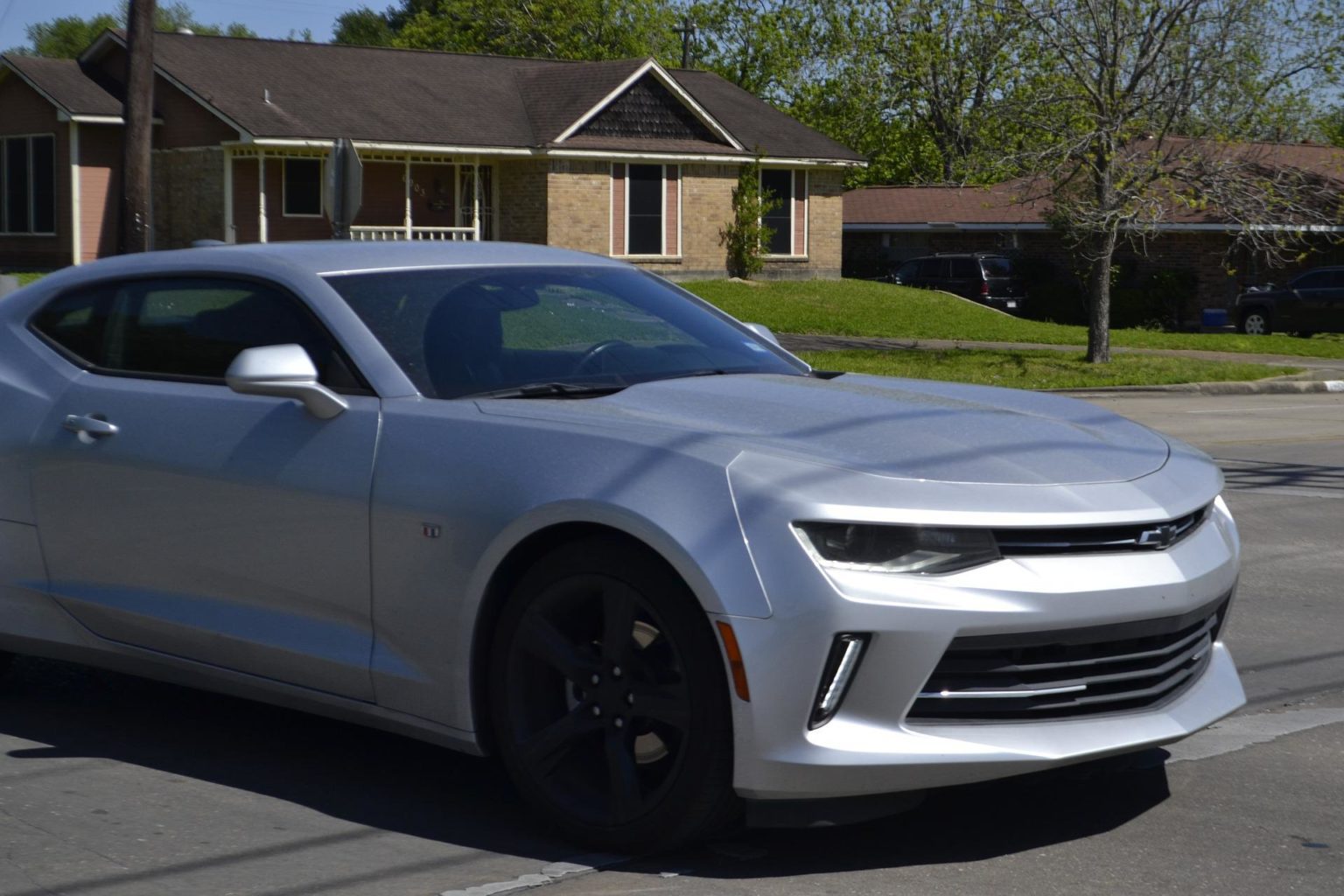
How to Use Your Car Blinkers: Drivers Guide
When you’re driving, it’s important to use your car blinkers correctly.
They let other drivers know what you’re doing and can help prevent accidents.
In this guide, we will teach you how to use your car blinkers properly.
We’ll cover the different types of blinkers and explain when you should use them. Stay safe on the road by following these tips.
A car blinker is a device that is mounted on the car that sends out a signal when the driver wants to turn.
It is usually located on the car’s rear, but can also be found on the car’s front.
The car blinker consists of two parts: a light-emitting diode (LED) and a phototransistor.
The LED emits a light when the car’s engine is running and the car is stopped.
The phototransistor detects the light from the LED and turns on the car’s turn signal.
When the car’s engine is turned off, the car’s turn signal will turn off automatically.
If the car’s engine is turned on, but the car is not moving, the car’s turn signal will stay on.
Types Of Car Blinkers
LED Car Blinkers
Most car owners are familiar with the traditional incandescent car blinker.
These have been the standard for decades, but in recent years, more and more carmakers have been opting for LED car blinkers instead.
There are a number of advantages to LED car blinkers over traditional incandescent bulbs.
For one thing, they emit much brighter light, making them more visible to other drivers on the road.
Additionally, they consume far less power than incandescent bulbs, which means they’ll save you money on your car’s battery over time.
Finally, LED car blinkers tend to last much longer than their incandescent counterparts, so you won’t have to replace them as often.

Phototransistor Car Blinkers
A phototransistor is a type of transistor that is sensitive to light.
When light shines on the phototransistor, it creates an electrical current.
This current can then be used to power a variety of devices, such as an LED light.
In the past, phototransistors were commonly used in car blinkers.
When the driver turned on the blinker, the light would shine on the phototransistor, causing the LED to light up.
However, newer cars now use different types of lights.
Nevertheless, phototransistors are still used in a variety of other applications, such as solar-powered calculators and motion-activated lights.
Incandescent Car Blinkers
Incandescent car blinkers are a type of turn signal used in automobiles.
They work by using a filament made of tungsten, which is heated to a high temperature by an electric current.
This causes the tungsten to emit light, which is then reflected off of the inside of the lens.
The advantage of incandescent car blinkers is that they are very bright and can be seen from a long-distance away.
However, they are also very energy-inefficient, and the heat generated by the filament can cause problems if not properly dissipated.
As a result, LEDs have largely replaced incandescent car blinkers in modern vehicles.
Halogen Car Blinkers
Halogen car blinkers are a type of turn signal that uses halogen bulbs.
These bulbs are filled with a gas that produces a bright light when an electrical current is passed through it.
Halogen car blinkers are more visible than traditional incandescent bulbs, making them a safer choice for drivers.
In addition, halogen bulbs last longer than incandescent bulbs, so they need to be replaced less often.
However, halogen car blinkers can be more expensive than traditional turn signals.
For drivers who are looking for the best of both worlds, LED car blinkers offer the visibility of halogen bulbs with the long life and low cost of LEDs.
Xenon Car Blinkers
Drivers who are looking for a safe and stylish way to upgrade their car’s blinkers may want to consider xenon bulbs.
Xenon bulbs emit a bright, white light that is similar to natural sunlight.
This makes them easier for other drivers to see, especially in low-light conditions.
In addition, xenon bulbs use less energy than standard halogen bulbs, so they can help to reduce a car’s carbon footprint.
Xenon bulbs are also available in a variety of colors, so drivers can choose the perfect shade to complement their car’s paint job.
Installation is typically quick and easy, so drivers can enjoy all the benefits of upgraded blinkers with minimal hassle.
Whether they’re looking for greater safety or improved style, xenon bulbs offer a great way to upgrade a car’s blinkers.
When To Use Car Blinkers
Car blinkers are most commonly used when a driver is turning, but they can also be used to indicate that the car is changing lanes.
When using car blinkers, it is important to turn them on early so that other drivers have time to react.
For example, if a driver is turning onto a busy street, they should turn on their blinker as soon as they see an opportunity to do so.
This will give other drivers time to slow down or change lanes if necessary.
Drivers should also use car blinkers when they are pulling out of a parking space or driveway.

How To Use Car Blinkers
Using car blinkers is relatively simple.
Most cars have a lever near the steering wheel that is used to activate the turn signals.
The lever is usually labeled with an indicator, such as a left or right arrow.
To turn on the blinker, the driver simply pushes the lever up or down in the direction they want to turn.
The blinker will stay on until it is canceled by pushing the lever in the opposite direction.
Some cars also have a button that can be used to cancel the turn signal after it has been activated.
This can be helpful if the driver accidentally activates the blinker while driving straight.
Most car blinkers will make a clicking sound when they are turned on.
This sound is meant to alert other drivers that the car is about to turn.
In some cases, the car’s headlights will also flash when the blinker is turned on.
This is known as a “hazard warning” and it serves to further notify other drivers of the car’s intentions.
Common Mistakes That Drivers Make When Using Their Car Lights
- Failing to use their car’s lights at all. This can be a serious safety hazard, as other drivers will not be able to see the car on the road.
- Another mistake is only using the car’s low beams. While these beams are fine for driving in well-lit areas, they can make it difficult for other drivers to see the car in low-light conditions. It is important to use the car’s high beams whenever possible.
- Using the wrong type of light for the situation. For example, some drivers will use their car’s fog lights when there is no fog present. This can actually make it harder for other drivers to see, as the light will reflect off of the road and into their eyes.
- Failing to properly clean their car’s lights. Dirt, snow, and ice can build up on the lenses of the car’s lights, making it difficult for other drivers to see them. It is important to clean the lenses of the car’s lights regularly to ensure that they are visible.
- Finally, some drivers forget to cancel their turn signal after they have finished turning or changing lanes. This can be confusing for other drivers, as they may think that the car is still turning. It is important to cancel the turn signal as soon as possible after completing the turn or lane change.

